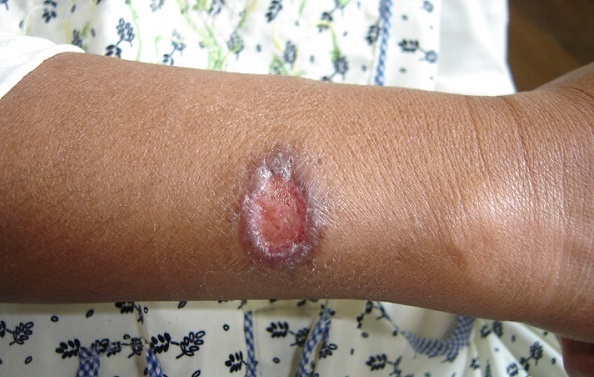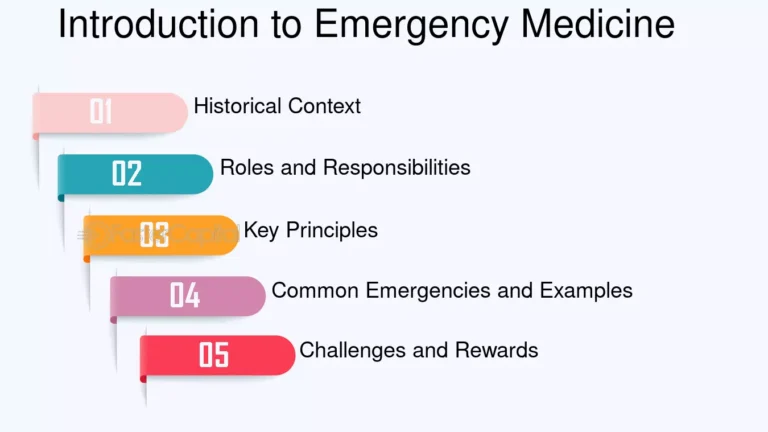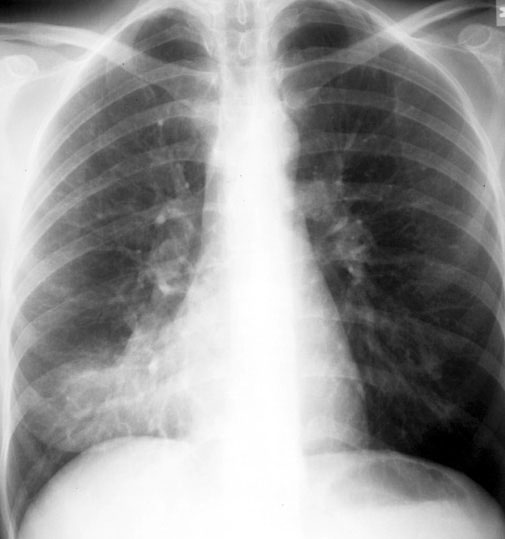Child Health

Child health is a multifaceted and critical aspect of public health, encompassing the physical, mental, and social well-being of children from infancy through adolescence. It’s a foundation for lifelong health and development, and addressing child health needs is essential for building a healthy and productive society. This article explores the key components of child health, the factors that influence it, and strategies for promoting optimal well-being.
Key Components of Child Health:
- Physical Health:
- This includes ensuring children have access to nutritious food, clean water, and safe environments.
- It involves preventing and treating infectious diseases, providing immunizations, and addressing chronic conditions.
- Growth monitoring and developmental screenings are essential for early identification of potential problems.
- Mental Health:
- Children’s mental health encompasses their emotional, social, and behavioral well-being.
- It involves fostering positive relationships, promoting resilience, and addressing mental health disorders like anxiety and depression.
- Creating a supportive and nurturing environment is crucial for mental health.
- Children’s mental health encompasses their emotional, social, and behavioral well-being.
- Social Well-being:
- This includes children’s ability to form healthy relationships, participate in social activities, and have a sense of belonging.
- It involves addressing social determinants of health, such as poverty, violence, and discrimination.
- Access to education and social support services is essential.
- Developmental Health:
- This focuses on children’s cognitive, language, and motor skills development.
- Early childhood experiences play a critical role in shaping brain development and future learning.
- Early intervention programs can support children with developmental delays.
Factors Influencing Child Health:
- Socioeconomic Factors:
- Poverty, lack of access to healthcare, and inadequate housing can significantly impact child health.
- Food insecurity and limited educational opportunities can also have detrimental effects.
- Poverty, lack of access to healthcare, and inadequate housing can significantly impact child health.
- Environmental Factors:
- Exposure to environmental toxins, such as air pollution and lead, can harm children’s health.
- Unsafe living conditions and lack of access to clean water and sanitation can increase the risk of infectious diseases.
- Exposure to environmental toxins, such as air pollution and lead, can harm children’s health.
- Family and Caregiver Factors:
- Parental health, parenting practices, and family support systems play a crucial role in child health.
- Exposure to violence or abuse within the family can have long-lasting negative effects.
- Parental health, parenting practices, and family support systems play a crucial role in child health.
- Access to Healthcare:
- Regular checkups, immunizations, and timely treatment of illnesses are essential for child health.
- Barriers to accessing healthcare, such as cost and lack of insurance, can create disparities in health outcomes.
- Regular checkups, immunizations, and timely treatment of illnesses are essential for child health.
- Nutrition:
- Adequate nutrition is vital for physical and cognitive development.
- Breastfeeding, healthy eating habits, and access to nutritious foods are essential.
- Malnutrition can cause stunted growth, and developmental delays.
- Adequate nutrition is vital for physical and cognitive development.
- Education:
- Access to quality education promotes cognitive, social, and emotional development.
- Education can also empower children to make healthy choices.
- Access to quality education promotes cognitive, social, and emotional development.
- Genetics:
- Some health conditions are inherited, making genetic factors influential.
- Some health conditions are inherited, making genetic factors influential.
Strategies for Promoting Child Health:
- Immunization Programs:
- Vaccinations are highly effective in preventing infectious diseases.
- Maintaining high immunization rates is crucial for protecting children’s health.
- Vaccinations are highly effective in preventing infectious diseases.
- Nutritional Interventions:
- Promoting breastfeeding, providing nutritional supplements, and educating families about healthy eating habits.
- Addressing food security.
- Early Childhood Development Programs:
- Providing access to quality early childhood education and care.
- Supporting parents in creating nurturing and stimulating home environments.
- School Health Programs:
- Providing health education, screening, and treatment services in schools.
- Creating healthy school environments.
- Mental Health Services:
- Increasing access to mental health services for children and adolescents.
- Reducing stigma surrounding mental health.
- Safe Environments:
- Creating safe living environments, including access to clean water and sanitation.
- Preventing injuries and exposure to environmental toxins.
- Creating safe living environments, including access to clean water and sanitation.
- Parental Support:
- Providing support for parents through education and resources.
- Strengthening family support networks.
- Providing support for parents through education and resources.
- Public Health Policies:
- Implementing policies that address social determinants of health.
- Investing in programs that promote child health and well-being.
- Community Involvement:
- Engaging communities in promoting child health through awareness campaigns and support programs.
Child health is a complex and interconnected issue that requires a comprehensive and collaborative approach. By addressing the various factors that influence children’s well-being, we can create a healthier and more equitable future for all children.







































